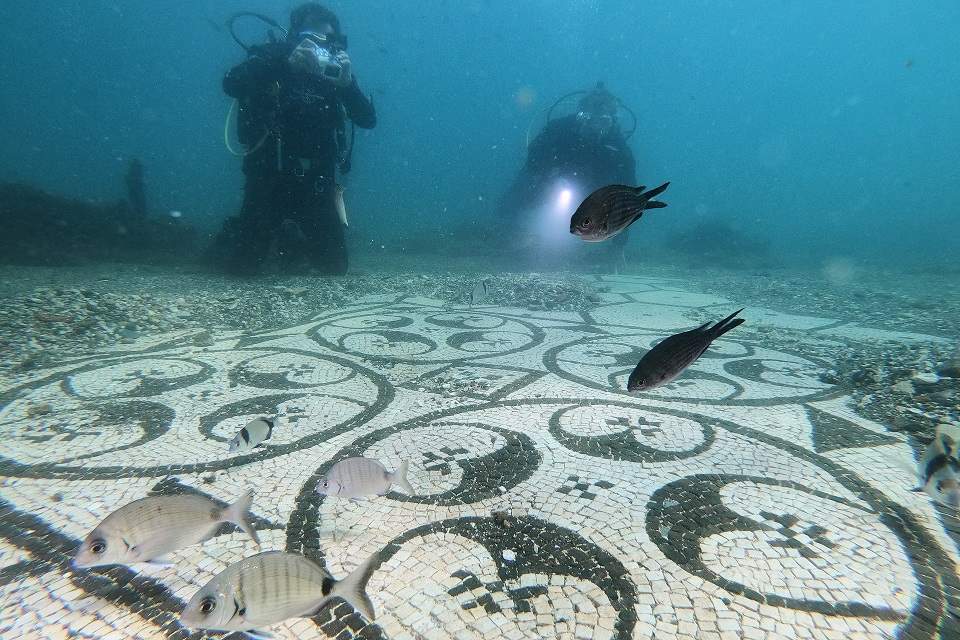BAIAE, Italy — Thousands of years ago, where holidaying Romans once
drank, plotted and flirted in the party town of Baiae has become now an
underwater archaeological park near Naples.
اضافة اعلان
Statues which once decorated luxury abodes in this beachside resort are now
playgrounds for crabs off the coast of
Italy, where divers can explore
ruins of palaces and domed bathhouses built for emperors.
Rome's nobility were first attracted in the 2nd century BC to the hot
springs at Baiae, which sits on the coast within the Campi Flegrei — a supervolcano known in English as the
Phlegraean Fields.
Seven emperors, including Augustus and Nero, had villas here, as did Julius
Caesar and Mark Anthony. The poet Sextus Propertius described the town as a
place of vice, which was "foe to virtuous creatures".
But by the 4th century, the porticos, marble columns, shrines, and
ornamental fish ponds had begun to sink due to bradyseism, the gradual rise and
fall of land due to hydrothermal and seismic activity.
The whole area, including the neighboring commercial capital of Pozzuoli and
military seat at Miseno, were submerged. Their ruins now lie between four and
six meters underwater.
"It's difficult, especially for those coming for the first time, to
imagine that you can find things you would never be able to see anywhere else
in the world in just a few meters of water," said Marcello Bertolaso, head
of the Campi Flegrei diving center, which takes tourists around the site.
"Divers love to see very special things, but what you can see in the
park of Baiae is something unique."
The 177-hectare underwater site has been a protected marine area since 2002,
following decades in which antiques were found in fishermen's nets and looters
had free rein.
Divers must be accompanied by a registered guide.
 In this photograph taken on August 18, 2021 a dive guide
shows tourists a mosaic from Villa a Protiro, the submerged ancient Roman city
of Baiae at the Baiae Underwater Park. (Photo: Agence France-Presse)
In this photograph taken on August 18, 2021 a dive guide
shows tourists a mosaic from Villa a Protiro, the submerged ancient Roman city
of Baiae at the Baiae Underwater Park. (Photo: Agence France-Presse)
A careful sweep of sand near a low wall uncovers a stunning mosaic floor
from a villa which belonged to Gaius Calpurnius Pisoni, known to have spent his
days here conspiring against Emperor Nero.
Explorers follow the ancient stones of the coastal road past ruins of spas
and shops, the sunlight on a clear day piercing the waves to light up statues.
These are replicas; the originals are now in a museum.
"When we research new areas, we gently remove the sand where we know
there could be a floor, we document it, and then we recover it,"
archaeologist Enrico Gallocchio told AFPTV.
"If we don't, the marine fauna or flora will attack the ruins. The sand
protects them," said Gallocchio, who is in charge of the Baiae park.
"The big ruins were easily discovered by moving a bit of sand, but
there are areas where the banks of sand could be meters deep. There are
undoubtedly still ancient relics to be found," he said.
Read more about
Travel



